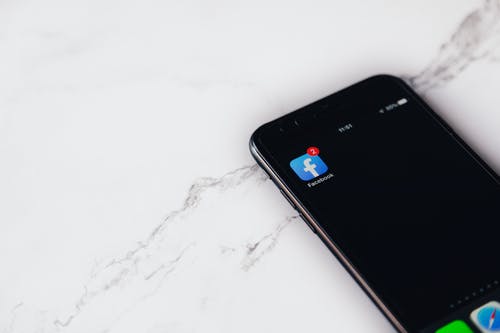“A theory of well-being that ignores what people want cannot be sustained.”
– Daniel Kahneman, Nobel Prize
However, a company can shift those wants to match up with their own. Behavioral design is able to blur a company’s reasons with its consumers’ reasons. What if a company can push you toward a desired action but frame it as if you’re doing it to satisfy your own wants?
A common example of this is the design of the average grocery store. The top two things people go to the store for are 1) milk and 2) to refill prescriptions. Now, think about the design of just about every grocery store you’ve encountered. Where’s the milk located? It’s in the back of the store. A shopper has to walk the aisles through a sea of packaged goods to get there. Even if you’re in a hurry and make a beeline for the dairy, you’ll still have to peruse the store to get back to the entrance and will be tempted to grab a snack on the way to the checkout counter. The company takes your reason for going to the store (milk) and merges it with their reason (to maximize revenue per square foot).
Tech industry applications
The apps we spend our screen time on are no different, and this concept affects our digital wellness. They have the same detail-oriented behavioral design and the same power to blur their reasons with yours. Facebook and Twitter mirror the grocery store approach. If you get a notification that you have a direct message, you open the app and find yourself on the news feed. You have to get past the feed before you get to check your message in the “back of the store.”
You feel like you’re making decisions based on your own reasons because of the freedom the app gives you. In reality, this is mixed in with Facebook and Twitter’s reasons. They want you to get caught in that news feed on the way in or out and spend more time on the app, just like grocery stores want you to spend more in the store. This is how they get ad revenue off users — that’s their “why.”
A similar example is the pull-to-refresh news feed design of many popular apps like Facebook, Instagram, TikTok and even your email inbox. When you’ve seen all you wanted to see, you can pull the slot machine-like lever to see new, refreshed content. With TikTok’s “for you page,” the new content you’ll get is never ending, unlike apps like email that will tell you when you’re all caught up. Your reason for pulling that lever is different from theirs. You want to see more content; they want you spending more time refreshing your feed.
Wellness industry applications
This blending of reasons happens in the wellness industry, too. Exercise facilities from gyms to yoga and spin studios offer promotions like a free first week or a free class if you bring a friend. Think about why they would want this and why you would. It’s something fun and beneficial that you want, but it benefits the health and fitness company equally. It’s getting more people in the door while making you a happier customer. Research suggests you can be more successful in your fitness goals working out with a friend. One study found 95% of people who started a weight-loss program with friends completed it. Offering a free class for bringing a friend causes a boost in retention of gym members once they kick start their wellness goals with friends, supporting both the gym’s goals and the customer’s goals.
Another example is when employers offer wellness incentives for employees. A 2018 survey found that 86% of employers use financial incentives in their wellness programs. These programs are mutually beneficial and blend the wants of both the employer and employees. This creates a happier and healthier culture and more productivity. A company’s motive can either be caring about their people or caring about their people’s costs. Either way, wellness incentive programs can back these reasons. 20% of a company’s people make up 80% of their costs. Whether people focused or cost focused, a company needs to identify that specific 20%, then implement programs to change their behavior and improve their health.
Find the right reasons
When companies that only focus on cost savings blur their reasons for wellness with yours, they can be more successful reaching goals, but they also aren’t doing it for the right reasons. Instead focus on your team’s reasons for wellness. Why do they want better sleep? Better social connection? Run frequent assessments to ensure you provide what people want, for the right reasons they want it.



